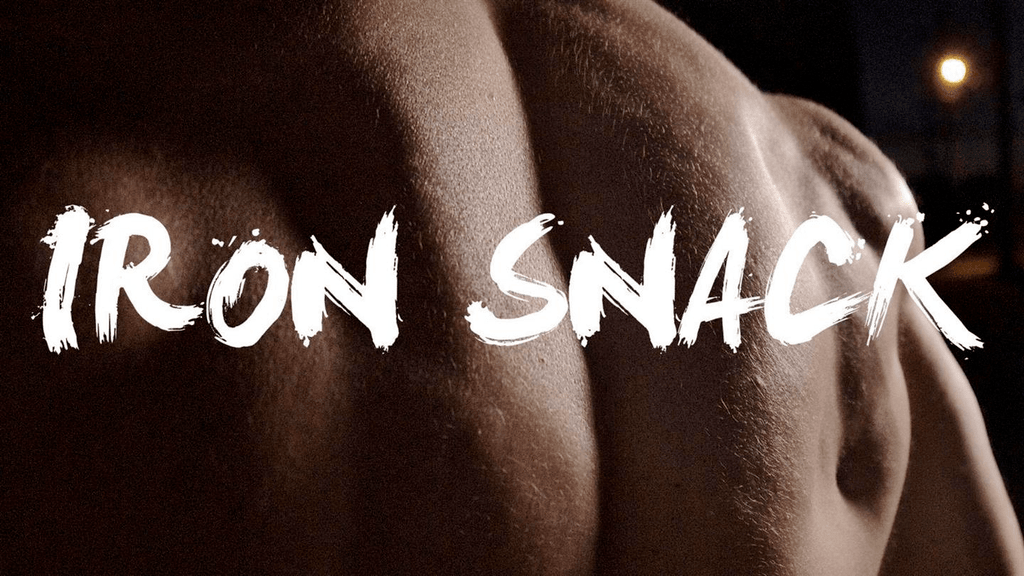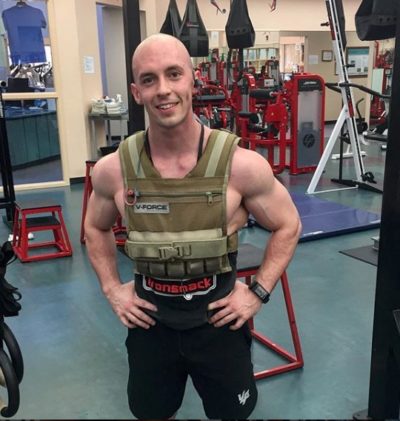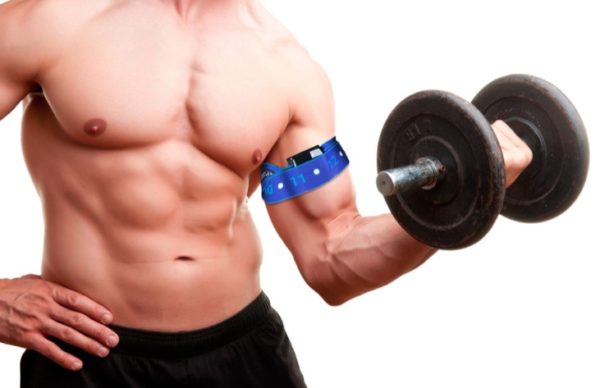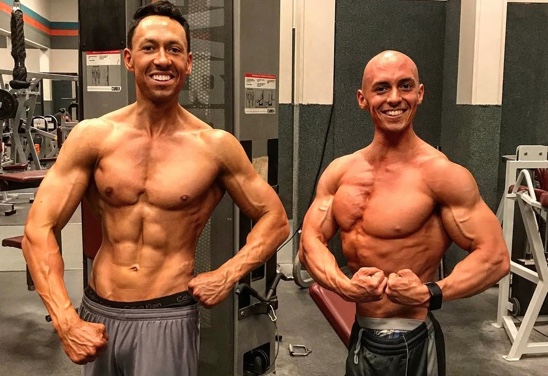The science behind the push-up exercise
The push-up exercise has been a go-to exercise for many years. Today we discuss the science behind the push-up exercise and see how it stacks up against exercises like the bench press. The push-up can be altered in many ways to change the intensity and potentially what muscles are targeted. The push up also offers an equipment-free solution to train the chest, shoulders, serratus, and triceps.
It’s a no-brainer that putting one-rep max weight on the bench press will activate the muscles of the chest and triceps more than simply performing a body weight push-up. However, one study compared low-load bench press to the push-up exercise. It was found that low-load bench press (40% of one rep max) and those who performed just push-ups had a significant increase in their one rep max on the bench press as well as similar growth in the pecs and triceps. Bicep size tended to only increase in those who did bench press. This shows us that the push-up exercise despite being an equipment-free exercise still provides both hypertrophy and strength benefits. Other studies have shown that the bench press is preferable to the push up with regard to muscle activation at the same load. However for training triceps when the load is the same the exercises equally activate the tricep.
Regarding push up position, studies have looked at how position affects muscle activation. The muscles that were looked at included the deltoid, triceps, serratus, and lumbar muscles. Studies have shown that activation of the pecs (big chest muscle) don’t really change much with altering the push up by adding instability. One muscle that does tend to be worked a bit harder is the serratus, abs, and triceps when an element of instability is added to the exercise, such as push-ups with the swiss ball or with TRX straps. For this, it requires the hands to be on the unstable surface, not the feet. Studies have shown that resting your feet on a swiss ball vs bench makes no difference in muscle activation. Regarding incline positioning vs decline positioning of course as you elevate your feet, your chest supports more of your body weight leading to increased muscle activation. Alternatively, if you elevate your upper body the push-up exercise becomes easier to perform because more of your body weight is supported by your feet.
Takeaways regarding the push-up exercise:
On many fronts, the push-up and bench press offer similar benefits to increase strength and muscle size.
The great news is the push up doesn’t require any equipment and you can still get hypertrophy and strength gains.
When adding instability to the push-up exercise you may get increase activation of the serratus, abdominal muscles and triceps.
If you are going to add instability let your hands be on the instability equipment (hands on TRX straps or medicine ball rather than your feet.
Sources for the science behind the push-up:
Low-load bench press and push-up induce similar muscle hypertrophy and strength gain
Muscle activation during push-ups performed under stable and unstable conditions
Shoulder muscle EMG activity during push up variations on and off a Swiss ball
Effect of Progressive Calisthenic Push-up Training on Muscle Strength and Thickness
Comparison in muscle activity between bench press and push-up exercise: An electromyography study
Neuromuscular comparison of push-up variations and bench press
Effects of Angle Variations in Suspension Push-Up Exercise





